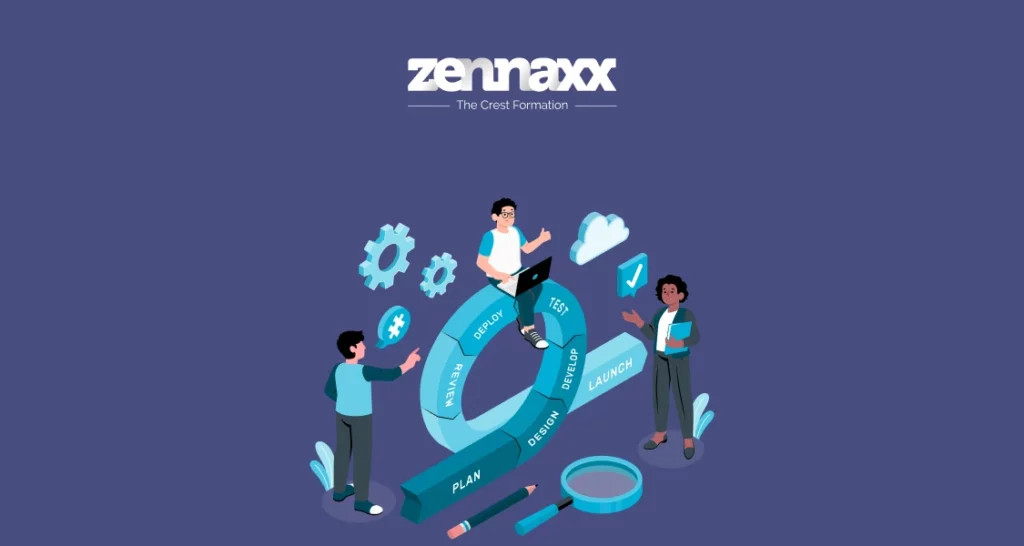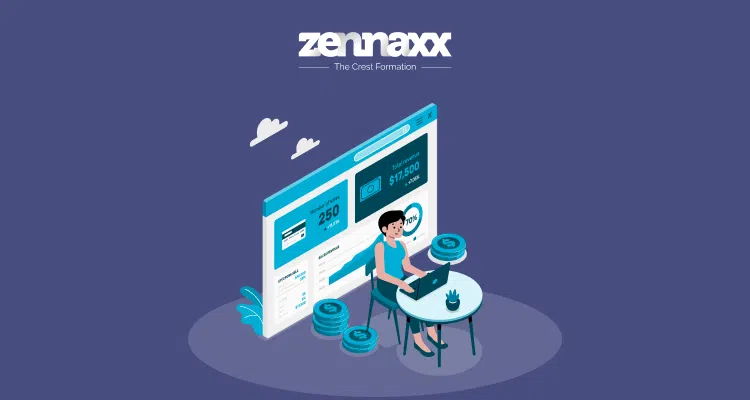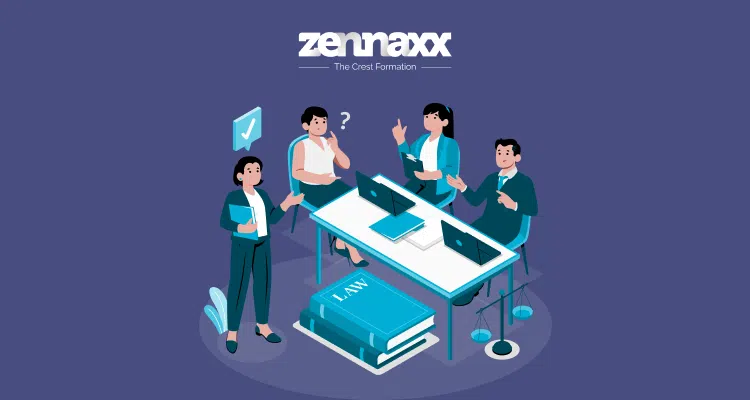The Software Development Life Cycle (SDLC) is like a step-by-step guide for the software development process. It covers everything from planning and design to coding, testing and deployment.
SDLC makes the software do what it’s supposed to and is ready on time and within the budget. This helps the team work more organized, making fewer mistakes.
SDLC is most important in software making. It’s like a map for the team, helping to handle problems early and avoid project failure.
Testing ensures the software is good quality and has fewer problems after it’s released. Planning projects well and giving tasks clearly helps manage resources.
SDLC helps the team work in a planned way, leading to successful software making.
SDLC has changed over time. It used to follow a strict Waterfall model, but now it uses more flexible ways. In 2001, the Agile Manifesto changed things a lot with agile methodology.
It focused on working with customers, being adaptable, and making software quickly.
It breaks the development process into stages with specific goals and stakeholders involved all the time for changes. Each step has detailed notes for reference and future work.
Testing and quality checks are essential to finding and fixing problems at different stages.

Phases of the Software Development Life Cycle (SDLC)
There are a total of seven phases in SDLC, including maintenance. Here, we discuss each step of SDLC with detail and understanding.
1. Planning
Focusing on defining project goals, scope, and timelines. It involves outlining required resources like personnel, technology, and budget.
Identify potential risks and develop mitigation strategies. Involve key stakeholders for input and alignment with business objectives. Divide human resources, tools, and technologies.
Create a realistic timeline with well-defined milestones. Estimate and divide budgetary resources for each phase.
2. Requirement Analysis
Managers and analysts talk to everyone involved in a project, survey, and study existing systems to determine what’s needed.
Detailed functional and non-functional requirements, including features, constraints, and expectations. Understanding user requirements ensures the final product aligns with expectations.
Checking the rules initially helps prevent significant changes later, making everything smoother.
3. Design
Designers make a blueprint for the software. Create design documents guiding developers during the implementation phase.
Types of Design Phases
- Architectural Design: Structure the software system and define components and their interactions.
- UI/UX Design: Design the user interface and experience, ensuring usability and accessibility.
4. Implementation (Coding)
Developers write code to turn the planned design into actual software.
Collaboration: Developers work together; communication is crucial to ensure consistency in coding.
Version Control: Implement version control systems to track changes and manage collaboration.
5. Testing
In the Testing phase of checking everything works right. There are four types of testing:
Unit Testing: This checks each part to see if it works independently.
System Testing: This looks at the whole system to ensure it does what it should.
Acceptance Testing: Real users try it to ensure it meets their needs.
Group of Quality Assurance that makes sure everything follows the rules. They also keep track of any problems, called bugs. They work closely with the developers to fix these issues quickly.
6. Deployment
When it’s time to start using the new software, there are two ways to do it:
Rollout Strategies:
- Phased Deployment: Introduce parts of the software, like releasing some features individually.
- Big Bang Deployment: Release the whole system all at once.
Ensuring a Smooth Change from Making to Using:
- Deployment Plan: Before putting the software out there, have a plan that says exactly how to do it without causing problems.
- User Training: Teach the people who will use the new system and those who will help others how to use it.
These ways and steps are like a map to ensure the new software starts working. Whether bringing in things bit by bit or all at once, having a good plan and teaching everyone helps make the change easy.
7. Maintenance and Support
Monitoring: monitor the system for performance and issues.
Documentation Updates: Update documentation to reflect changes made during deployment.
Issue Resolution: Address post-deployment issues promptly.
Feedback Loop: Create a feedback mechanism for users to report issues and suggest improvements.
This is simple knowledge about the primary phases of SDLC and how they work correctly.
Want to Automate Your Business Process With a Software Solution?
Zennaxx, a leading software development firm in Canada, has delivered 700+ bespoke solutions spanning various industries.
Importance of Following the SDLC in the Development Process
Managing software development can be challenging because of changing requirements, new technology, and working with different teams.
However, the software development life-cycle (SDLC) method gives a structured way to manage things. It has specific goals at each step of making software.
Step-1 : Product Quality Management
In the software development life cycle (SDLC), protecting the quality of the finished product is all-important.
The SDLC’s step-by-step methodology catches problems early on, checking that the end product is high quality. This helps prevent issues after the product is released, smoothing the whole process.
Step-2 : Managing resources
SDLC is like a wizard for managing resources. It takes both time and budget constraints seriously. SDLC plans to use resources carefully, ensuring projects finish on time without extra work.
This helps meet project deadlines and reduces the need for additional work or last-minute changes.
Step-3 : Improvement of Collaboration
Teamwork makes the dream work, and SDLC knows it well. SDLC boosts communication and coordination by directing different teams to work together smoothly.
This teamwork connects everyone on the same page and smoother the development process.
Step-4 : Meeting customer expectations
SDLC is all about keeping customers satisfied. It focuses on understanding users’ needs and ensuring the final product hits the mark.
SDLC doesn’t stop there—it actively listens to customer feedback during development, making continuous improvements to keep customers smiling.
It ensures the product is good, resources are used wisely, and the team works well together. This way, it always meets or exceeds what customers expect in the ever-changing software-making world.
Common Methodologies and Models of SDLC
Standard methodologies and models have different rules and structure styles. The software difficulty and timing team chose the perfect models per client requirements.
Let’s learn about the five other models of SDLC and the methods of it.
1. Waterfall Model
The Waterfall model follows a step-by-step approach, where each phase has to finish before moving on to the next. It’s like a waterfall flowing down, with a clear and rigid structure that’s easy to understand.
This model works well when project requirements are precise and stable. It’s effective when the project scope is well-defined and minimal changes during development.
Industries with costly and impractical changes, like manufacturing or construction, often use the Waterfall model.
2. Agile Methodology
Agile is about making software in small, functional steps. It delivers little software parts regularly, allowing for continuous feedback-based improvement.
Agile encourages teams, including developers, testers, and business stakeholders, to work together closely. It’s all about adapting to changing requirements and regularly checking and adjusting project priorities.
3. Scrum Framework
Scrum is a specific Agile way, with particular roles and events. There are roles like Product Owner, Scrum Master, and Development Team.
Events include Sprint Planning, Daily Stand-ups, Sprint Review, and Sprint Retrospective, promoting teamwork.
Scrum finds a balance between being flexible and having structure. It allows for changing requirements but also has defined roles, events, and artifacts to ensure development happens in an organized way.
4. DevOps
DevOps is a way of working that brings together developers and operations to improve how they work together.
It uses automation, continuous integration, and continuous delivery to create a shared responsibility culture.
DevOps is all about automating tasks throughout the software development process. It ensures that code changes can be quickly and reliably sent to production for users to use.
5. V-Model
The V-Model is a way of making software that focuses on checking each stage before moving on. Verification happens at each step, ensuring the final product meets the requirements.
Compared to other ways of making software like Waterfall and Agile, the V-Model highlights the importance of testing at every stage. It shows how different approaches lead to different outcomes.
These different ways of making software, like Waterfall, Agile, Scrum, DevOps, and the V-Model, offer various approaches to fit different project needs and industries.
Planning software development?
Ready to elevate your software projects? Partner with us for seamless software solutions.
Key Players in the SDLC Process
The four leading key players are working in the SDLC model. They cover all kinds of work and provide their role for the best development process.
Let’s understand that role is everyone’s responsibility, every Manager.
Project managers oversee the entire Software Development Life Cycle (SDLC). They ensure the project stays on track, meets goals, stays within budget, and sticks to the plan.
They handle planning and risk management and keep communication open within the team and with others involved.
Responsibilities in Each Phase:
- Planning Phase: Set project goals, define scope, divide resources, and create a detailed plan.
- Execution Phase: Coordinate activities, monitor progress, and keep the project on course.
- Testing and Deployment Phase: Oversee the project’s implementation, deployment strategies, and post-deployment activities.
- Maintenance Phase: Manage ongoing support and maintenance, addressing issues for continued success.
Developers and Programmers
Developers and programmers are the builders during implementation. They turn the design into functional code, following standards and ensuring the code matches the plan.
Collaboration is vital. They work with designers, testers, and cross-functional teams for smooth development.
Quality Assurance (QA) Team
The QA team keeps software quality high. They do different tests like unit, integration, system, and acceptance tests to find and fix defects. Quality assurance teams also work with developers. They create and run tests and give feedback to the developer team.
It always makes sure that software meets quality standards.
Stakeholders and Clients
Stakeholders and clients shape the project in various phases. They define goals during planning and may participate in user acceptance testing during the testing phase.
Client feedback is essential throughout the SDLC. It ensures the development aligns with user needs, refines the product, and enhances satisfaction.
Project managers, developers, QA teams, and stakeholders/clients work together for the best development process. You can get high-quality software and client satisfaction throughout the SDLC.
Challenges and Considerations of SDLC
- Dealing with Evolving Requirements:
Adapting to changing project needs is challenging. Teams must manage changing priorities, understand how it impacts their current work, and communicate to avoid problems.
- Challenges in Rapid Development:
Finding the right balance between fast development and keeping high-quality standards is tricky. If we hurry to finish fast, the code quality might suffer. So, we have to think and manage risks.
- Communication Breakdowns:
Team members not understanding each other can slow things down and cause mistakes. Teams need plans to deal with and prevent miscommunication, like regular check-ins, clear notes, and encouraging open communication.
- Integrating New Tools and Technologies:
Compatibility and team skills can be tricky when we bring new tools and technologies to the SDLC.
Teams should see how it affects their work, provide enough training, and make sure it fits well with the systems they already use.
Conclusion
The Software Development Life Cycle (SDLC) adapts to new trends and technologies. Now, we see DevSecOps improving security. AI, machine learning, and low-code and no-code let non-developers join the team.
These changes make development more efficient and collaborative. These advancements keep software development focusing on efficiency, security, and designs.
Following SDLC practices is essential for making your project successful. Starting with SDLC gives you a structured and reliable development roadmap.
Teams sticking to software engineering principles handle challenges better, deliver top-notch software, and always meet stakeholder expectations.
SDLC is a significant point in software engineering. Its structured approach, teamwork focus, and quality value make it a cornerstone in tech.
In the future, SDLC will continue to guide the creation and delivery of software. This gives us a lot of opportunities for innovation and reliability to go hand in hand.
SDLC’s legacy is one of adaptability and strength, making it crucial for the ongoing evolution of software engineering.


